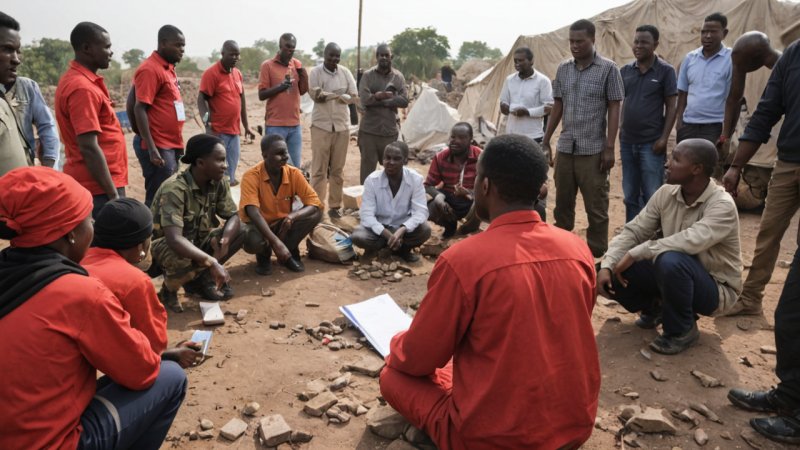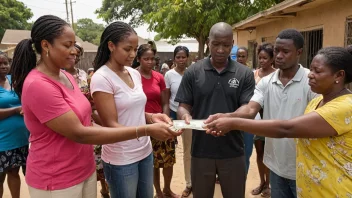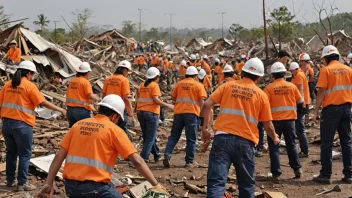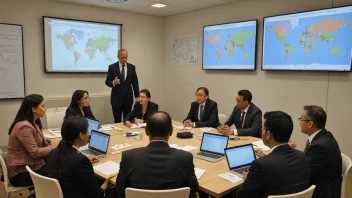Humanitarian relief operations are critical in addressing the immediate needs of communities affected by disasters, conflicts, and other crises. Managing these operations effectively requires a blend of strategic planning, resource management, and community engagement. In this article, we will explore several key strategies that can enhance the effectiveness of humanitarian relief efforts, ensuring that aid reaches those who need it most in a timely and efficient manner.
First and foremost, understanding the context in which relief operations are taking place is essential. This means conducting thorough assessments to identify the specific needs of the affected population. Data collection can involve surveys, interviews, and collaboration with local organizations to gather insights on the most pressing issues. By tailoring the response to the unique challenges faced by the community, relief efforts can be more targeted and effective.
Coordination among various stakeholders is also crucial in humanitarian relief operations. Different organizations, including NGOs, government agencies, and local groups, often respond to crises. Establishing a clear communication framework allows these entities to share information, avoid duplication of efforts, and ensure that resources are allocated efficiently. Regular meetings and the use of digital platforms for real-time communication can foster collaboration and enhance the overall response.
Another key aspect of effective management is the mobilization and training of volunteers and staff. Volunteers are often the backbone of humanitarian efforts, providing essential support in various capacities. Investing in training programs that equip volunteers with the necessary skills and knowledge can significantly improve the quality of relief services. From basic first aid to logistical support and community engagement, well-trained volunteers can make a substantial difference on the ground.
Resource allocation is a critical component of managing relief operations. This involves not only securing adequate supplies but also ensuring that they are distributed effectively. Prioritizing the most urgent needs, whether it be food, medical supplies, or shelter materials, requires a flexible and responsive approach. Utilizing technology, such as supply chain management software, can enhance tracking and distribution processes, minimizing waste and delays.
Furthermore, establishing feedback mechanisms is essential for continuous improvement. Engaging with the affected communities to understand their experiences and perceptions of the relief efforts can provide valuable insights. Surveys, focus groups, and community meetings can facilitate this dialogue, allowing humanitarian organizations to adapt their strategies based on real-time feedback. This two-way communication not only builds trust but also empowers communities to play an active role in their recovery.
Lastly, monitoring and evaluation (M&E) processes should be integrated into humanitarian relief operations from the beginning. M&E helps organizations assess the effectiveness of their interventions and identify areas for improvement. By setting clear objectives and indicators, relief agencies can measure their impact and make data-driven decisions. Sharing these findings with stakeholders can also promote accountability and transparency, fostering a culture of learning within the humanitarian sector.
In conclusion, managing humanitarian relief operations effectively requires a holistic approach that encompasses careful planning, stakeholder coordination, volunteer training, resource management, community engagement, and ongoing evaluation. By implementing these strategies, humanitarian organizations can enhance their capacity to respond to crises, ultimately saving lives and supporting communities in their times of need.
Effective Strategies for Humanitarian Relief Operations
Explore effective strategies to enhance humanitarian relief operations and ensure timely aid delivery to communities in need.






